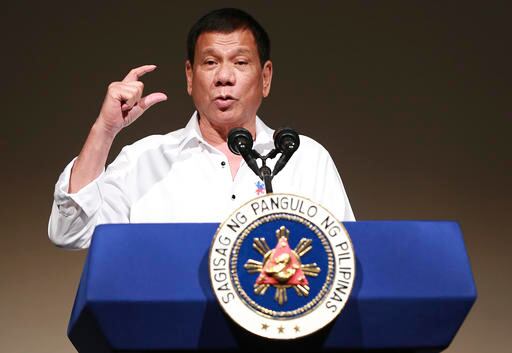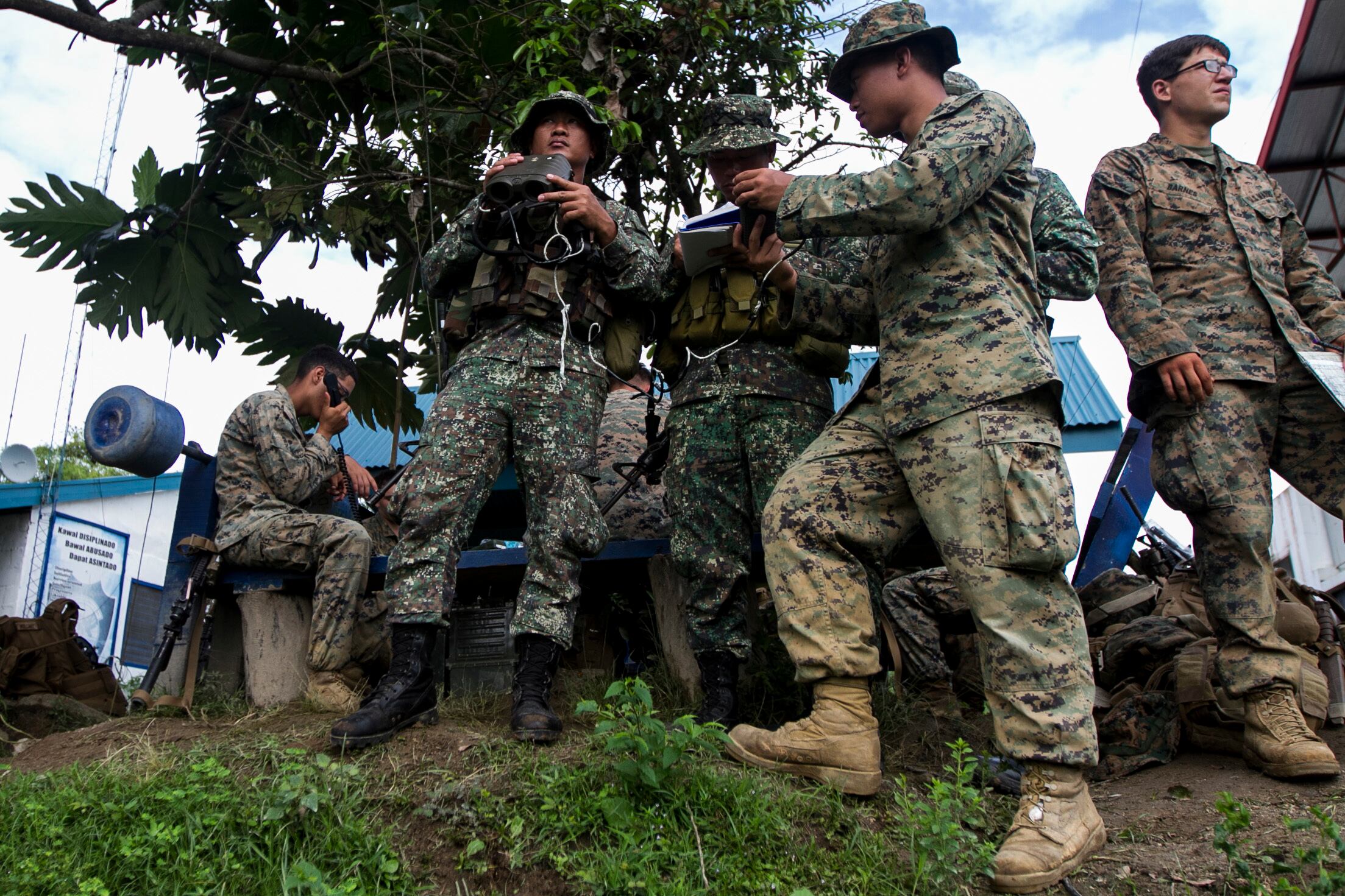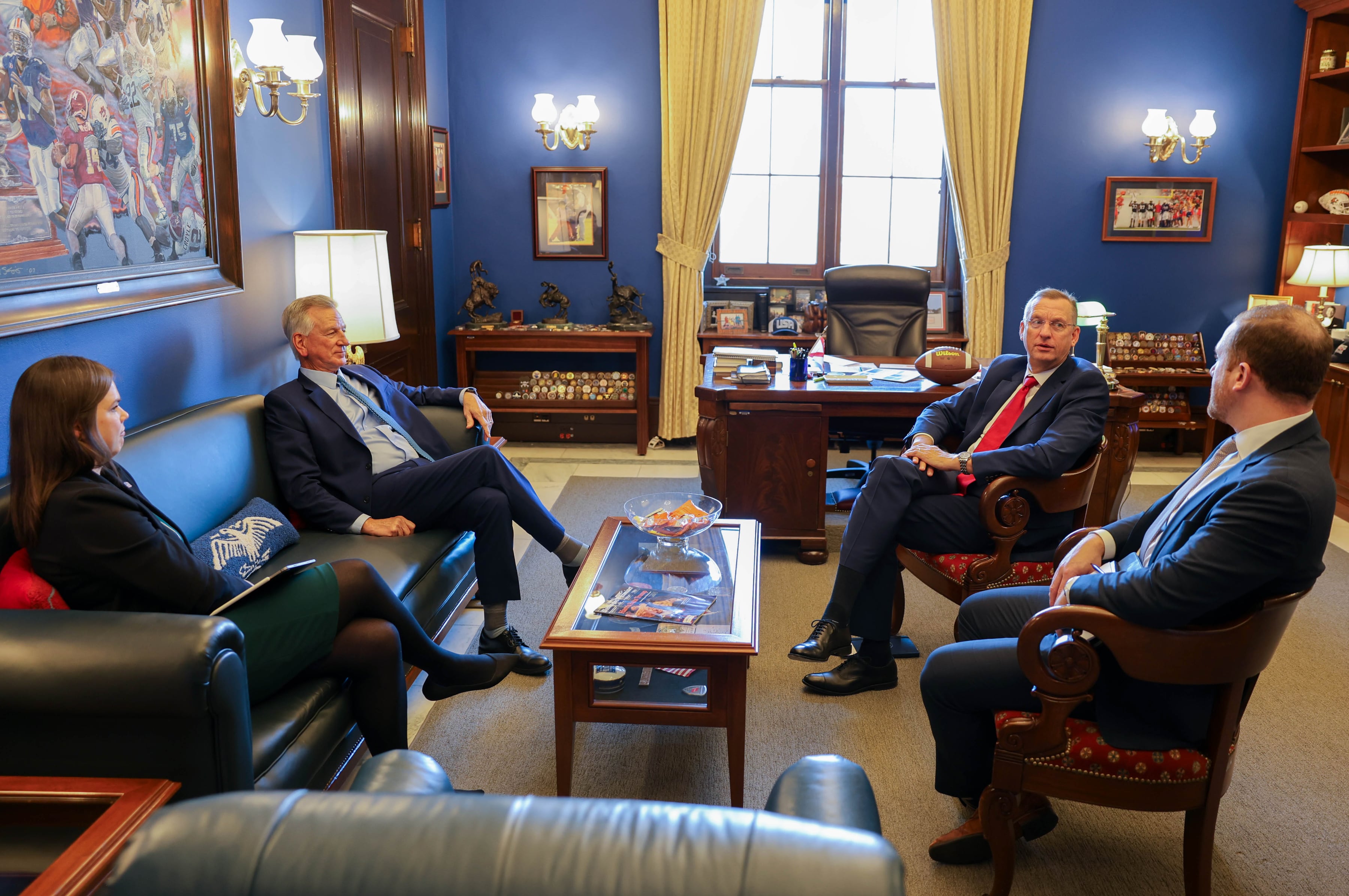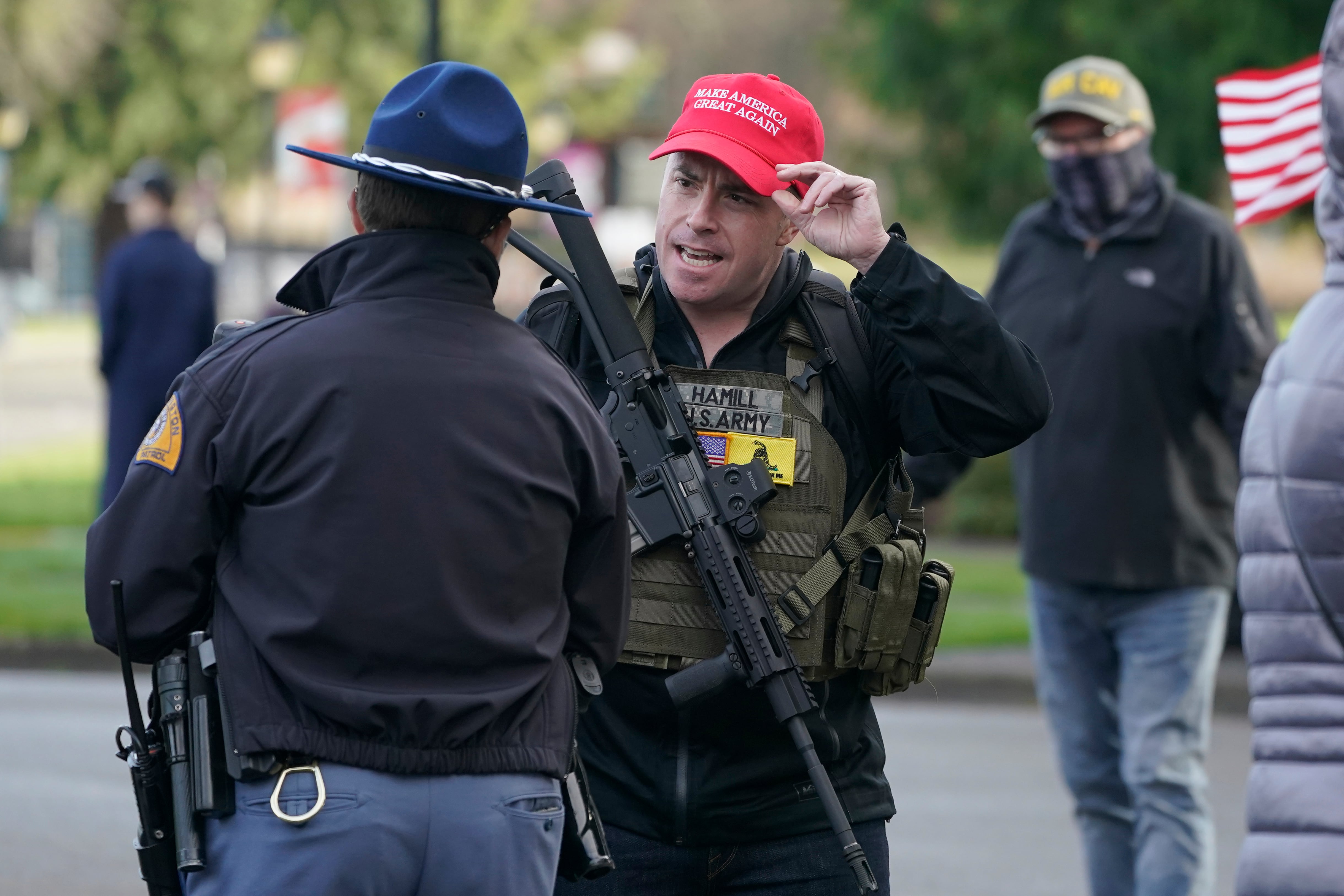Philippine President Rodrigo Duterte, during a visit to Japan, told Japanese and Philippine business leaders Wednesday that he wants foreign troops -- read U.S. troops -- out of his country, possibly within two years.
"I want them out," he said, adding that he might end base-hosting agreements with the United States that were signed earlier this year.
It is the latest in a string of confusing, contradictory and controversial statements from the popular socialist leader, who just last week visited China in an attempt to strengthen ties between the two countries.
"I want to be friends to China," he told an audience of businesspeople in Tokyo Wednesday. "I do not need the arms. I do not want missiles established in my country. I do not need to have the airports ... host the bombers."
Since Duterte took office in June, Manila's relationship with Washington has quickly become strained, and his overtures to China, while criticizing U.S. foreign policy, have caused consternation in both the U.S. and Japan. Duterte has repeatedly spoken of distancing his country from the U.S., often in crude terms.
The U.S., meanwhile, has opted to take a "wait and see" approach, giving Philippine leaders the opportunity to soften the rhetoric and maintain a close relationship.
"We are aware of the reports of the remarks regarding the joint exercises and will be seeking clarification through direct dialogue," said Navy Cmdr. Gary Ross, a Pentagon spokesman, on Wednesday. "We will continue to consult, as we always have, with our Filipino partners to appropriately tailor our assistance. We will continue to honor our alliance commitments and treaty obligations and expect the Philippines to do the same."

During a speech at the Philippine Economic Forum in Tokyo Wednesday, Philippine President Rodrigo Duterte told business leaders he wants U.S. troops out of his country. Duterte is on is on a three-day official visit to Japan.
Photo Credit: Eugene Hoshiko/AP
In September, Duterte announced that the annual Amphibious Landing Exercise between Philippine and U.S. troops, held in early October, would be the last. The bilateral exercise aims to boost amphibious capabilities with humanitarian and civic assistance efforts to strengthen interoperability and working relationships.
More than 1,400 U.S. service members, most with the 3rd Marine Expeditionary Brigade out of Okinawa, Japan, and 500 Philippine armed forces members took part, although the exercise ended a day early for reasons not entirely made clear.
Duterte has also said that Army special operations troops operating on the southern Philippines island of Mindanao will have to leave. An undisclosed number of U.S. soldiers, estimated to be about 50 to 100, have been assisting Philippine troops counter Abu Sayyaf militants there. The continuation of other ongoing relationships, such as a Pacific Air Forces rotational contingent of aircraft training with Philippine forces has also been called into question.
It is less clear what Duterte's comments might mean for his country's joint operations with the U.S. Navy, but Duterte has said he would like to lessen tensions with China, which have been high since the Chinese seized the Scarborough Shoal, traditional Philippine fishing grounds about 123 miles west of Subic Bay, after a two-month standoff in 2012.
The Philippines challenged China's actions in court at The Hague and won, but China has refused to acknowledge the court's jurisdiction.

U.S. Marines with the 31st Marine Expeditionary Unit and members of the Philippine Marine Corps designate target points for artillery fire before the start of a combined-arms live-fire exercise during Amphibious Landing Exercise 33 at an observation post in Col. Ernesto Ravina Air Base, Philippines, Oct. 10, 2016.
Photo Credit: Staff Sgt. T. T. Parish/Marine Corps
In May 2014, the U.S. and the Philippines negotiated a new 10-year security deal to counter China's rising military assertiveness in the region. It stipulated that up to five Philippine military bases would be made available to U.S. aircraft, ships, equipment and troops, and also covered storage of equipment for maritime security and humanitarian assistance.
The details of that agreement, signed March 18 under Duterte's predecessor, Benigno Aquino III, cleared the way for a permanent American military presence across the five bases to support rotational deployments near the contested South China Sea.
Those bases include:
- Antonio Bautista Air Base. On the island province of Palawan, the air base is strategically situated not far from the contested Spratly Islands in the South China Sea.
- Basa Air Base. About 40 miles northwest of the Philippines' capital, Manila, the base was constructed by the U.S. Army Air Corps before World War II.
- Fort Magsaysay. The largest military installation in the Philippines, on the northern Island of Luzon, is one of the primary training areas of the Philippine Army.
- Lumbia Air Base. Located on the southern island of Mindanao, the air base is connected to a civilian airport.
- Mactan-Benito Ebuen Air Base. On Mactan Island, off the coast of Cebu in the central Philippines, the air base was originally built by the U.S. Air Force before the American pullout in the early 1990s.
Whether U.S. troops will be able to use those bases much longer is now an open question.
The Associated press contributed to this report.





